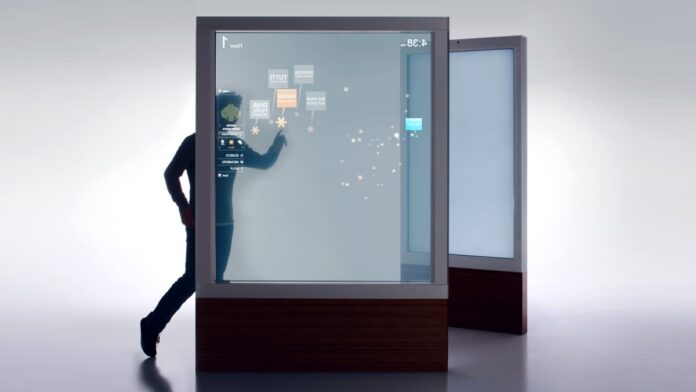In today’s fast-paced digital age, communication has undergone a significant transformation. Traditional methods of advertising and information dissemination have evolved to meet the demands of an increasingly tech-savvy and visually-oriented society. One such evolution is the rise of digital signage in Melbourne, a dynamic and versatile communication tool that has found its way into various sectors, including retail, hospitality, education, and healthcare. In this article, we will explore the world of digital signage, its impact on businesses and institutions, and its continued evolution in the modern world.
The Basics of Digital Signage
Digital signage in Melbourne refers to the use of digital displays, such as LED screens, LCD monitors, or projectors, to convey information, advertising, or other forms of content. Unlike traditional static signage, digital signage offers dynamic and interactive possibilities, making it a powerful tool for engaging audiences and conveying messages effectively.
Impact on Businesses
Digital signage has transformed the way businesses communicate with their customers. In the retail sector, for instance, it has become a common sight to see digital displays at storefronts and inside stores, showcasing product promotions, special offers, and even customer reviews in real-time. This technology not only captures the attention of passersby but also allows businesses to tailor their messages to specific times of day or even individual customer preferences, thanks to data-driven content management systems.
In the hospitality industry, digital signage has enhanced the guest experience by providing information about amenities, events, and dining options. Interactive kiosks in hotel lobbies enable guests to check in, order room service, or request information conveniently. In restaurants, digital menu boards can be updated instantly to reflect changes in pricing, availability, or daily specials, improving both efficiency and customer satisfaction.
Education and Healthcare
Digital signage has also made its mark in education and healthcare settings. In schools and universities, it serves as a vital communication tool for sharing announcements, event schedules, and emergency alerts. In healthcare facilities, digital signage can guide patients to their appointments, display wait times, and offer health-related information in waiting rooms.
The Evolution of Digital Signage
The evolution of digital signage has been nothing short of remarkable. Technological advancements have driven innovation in both hardware and software, resulting in more versatile and impactful solutions. Here are some key developments:
- Interactivity: Touchscreen technology has enabled interactive digital signage, allowing users to engage with content directly. Interactive kiosks, wayfinding maps, and virtual product catalogs are just a few examples of how this technology has been harnessed.
- Integration with Data: The ability to integrate digital signage with data sources has opened up new possibilities. Businesses can now display real-time weather updates, social media feeds, live news, and even analytics-driven content that adapts based on audience demographics or behavior.
- Content Personalisation: Content management systems have become more sophisticated, allowing for personalised content delivery. Businesses can now tailor messages and advertisements to specific audiences, creating a more engaging and relevant experience.
- Advanced Analytics: Digital signage solutions now offer robust analytics capabilities. This allows businesses and institutions to track engagement metrics, such as viewer demographics, content performance, and interaction rates, providing valuable insights for future campaigns.
- Cloud-Based Management: The shift to cloud-based content management systems has made it easier to update and manage digital signage remotely. This is especially beneficial for businesses with multiple locations, as content can be controlled and synchronised from a centralised platform.
The Future of Digital Signage
Looking ahead, the future of digital signage appears promising. Emerging technologies like augmented reality (AR) and virtual reality (VR) are likely to find applications in the field, creating even more immersive and interactive experiences. Additionally, the integration of artificial intelligence (AI) may enable more sophisticated content recommendation systems, further enhancing personalisation.
Conclusion
Digital signage has become a ubiquitous presence in our modern world, impacting industries ranging from retail to healthcare. Its evolution continues to shape the way businesses and institutions communicate with their audiences. As technology advances, we can expect digital signage to become even more dynamic, interactive, and tailored to individual needs. Whether it’s enhancing the customer experience, streamlining operations, or improving communication, digital signage has become an indispensable tool for the digital age.











